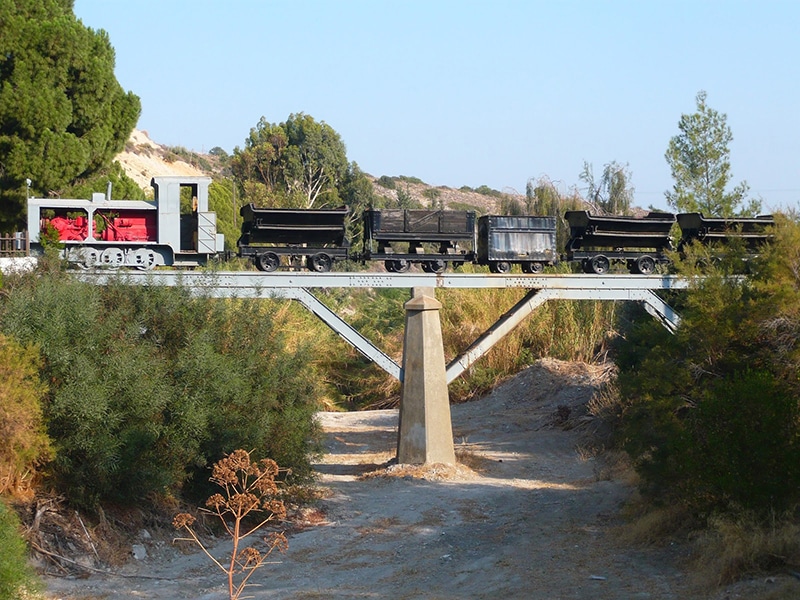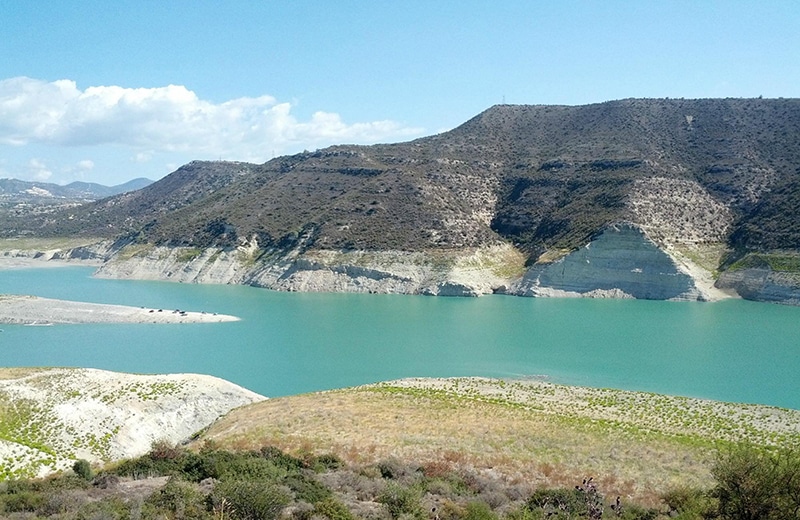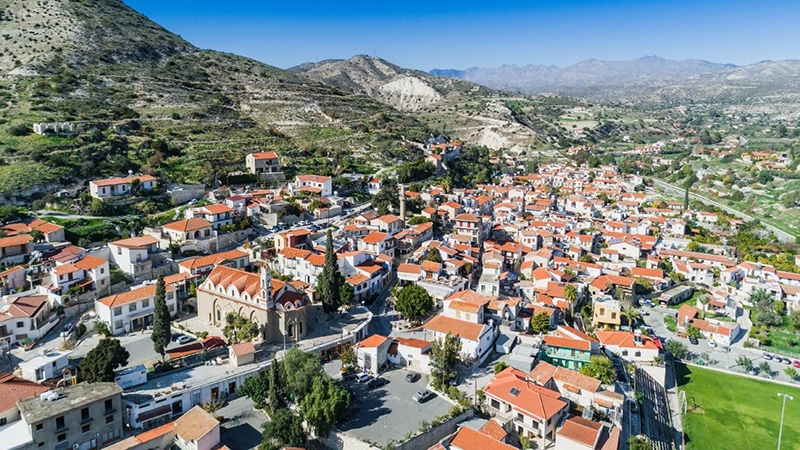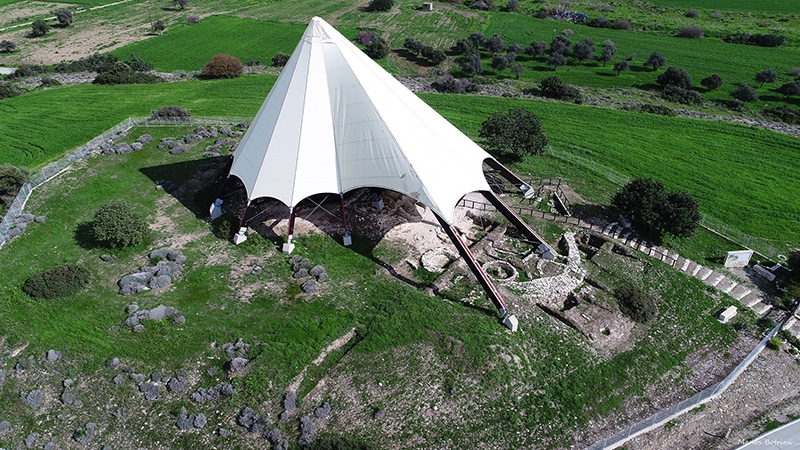What to do in Kalavasos? Paul Lambis speaks to locals and finds evidence of the village’s past importance
Whether travelling from Limassol to Nicosia on the highway or heading in the opposite direction, it is impossible to miss a large, cone-shaped tented structure intruding on the landscape near Kalavasos. Few though are aware of the site’s significance.
The Neolithic settlement and archaeological site of Kalavasos, hidden beneath the mammoth tent, is on the west bank of the Vasilikos River, and dates to 7,000BC. Aside from the site’s historical significance, Kalavasos itself is a delightful village full of interesting activities and intriguing attractions.
While almost every village on the outskirts of Cyprus’ major cities reflects the island’s traditional past, Kalavasos is no exception; and, while it ticks all the right boxes in terms of history, culture, religion, hospitality and charm, it is also recommended for agrotourists looking for a leisurely and serene escape.

Trains in Kalavasos
Strolling through the village, visitors will come across remnants of old mines dating back to the Phoenicians and Romans, although modern mining operations for copper extraction in the area began in 1937, and were closed down by 1978. An old train, further evidence that the village was once a major copper mining community, is one of three train-related draws on the island; in addition to the Cyprus Railway Museum in Evrychou and Locomotive Number 1, which still stands outside the station in Famagusta in the north.
The area itself was privileged in many ways as the Vasilikos River provided irrigation and watering, and metal-based resources made it densely populated in ancient times.
The church of Panayia Titiotissa, in the central square, is the pulsating heart of the community. Built in 1878, it is home to a stunning two-sided 16th century icon representing the Virgin Mary on one side and the Crucifixion on the other.
In terms of religion, Saint Helen, Constantine the Great’s mother, is said to have visited the settlement on her way back to Constantinople after discovering the Holy Cross in Jerusalem.
The 19th century mosque, with its unique minaret bearing motifs from the three monotheistic religions, is another remarkable building that bears witness to Cyprus’ varied religious past.

The Kalavasos reservoir
The natural landscape embraces the flowing river with elevated hills, pine trees, thickets of thyme, and various species of lush grass. In terms of harvest, Kalavasos mostly grows citrus fruits such as oranges, grapefruit and lemons, as well as crops and vineyards in the surrounding area.
As part of Cyprus’ agrotourism initiative, Kalavasos meets all the criteria and there are many beautifully restored architectural gems that offer accommodation, making it a year-round place to visit.
During a two-hour coffee session with a few residents of the village, who were more than eager to sit with me at the local coffee shop in the cosy village square and share their ancestral stories, the village’s ability to represent the beating heart of Cyprus was made clear.
My time with these remarkable and insightful people also revealed that Kalavasos is a hotspot among environmental enthusiasts, who frequently visit the village for outdoor exploration along its off-road paths and horse trails, as well as discovering overlooked attractions such as an art gallery featuring local crafts and handmade jewellery, sampling Cypriot cuisine at one of the many eateries, or simply taking in the vistas from the impressive reservoir nearby.

Kalavasos
The highlight though is surely Kalavasos’ large tent, which shelters the significant Neolithic archaeological site from the island’s extreme weather conditions, while its elevated walkways provide a detailed view of the ruins, reflecting living conditions in Cyprus around 7,000 BC. Evidence points to the likelihood that some of the homes in the settlement had dome-shaped roofs long before the Romans did.
An artist’s impression within gives an idea of how the place would have appeared in its former glory. According to the site’s tour guide, the settlement was originally excavated in 1947, with a great deal of the finds currently housed in the Cyprus Museum in Nicosia and the Larnaca Archaeological Museum.
The innate tranquillity of Kalavasos embraces visitors from the moment they arrive, allowing them to experience the charms and nuances of traditional life that have been passed down through many generations of Cypriots. It is also a destination that provides a one-of-a-kind opportunity to learn about the island’s earlier eras, adding to Cyprus’ long-held reputation as an island of mineral wealth, rich history, and natural beauty.







Click here to change your cookie preferences